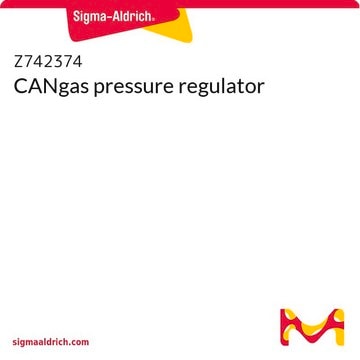295655
Propane
98%
Sinonimo/i:
n-Propane, Propane gas
About This Item
Prodotti consigliati
Densità del vapore
1.5 (vs air)
Livello qualitativo
Tensione di vapore
190 psi ( 37.7 °C)
8.42 atm ( 21.1 °C)
Saggio
98%
Temp. autoaccensione
842 °F
Limite di esplosione
9.5 %
P. ebollizione
-42.1 °C (lit.)
Punto di fusione
-188 °C (lit.)
Densità
0.564 g/mL at 20 °C (lit.)
Stringa SMILE
CCC
InChI
1S/C3H8/c1-3-2/h3H2,1-2H3
ATUOYWHBWRKTHZ-UHFFFAOYSA-N
Cerchi prodotti simili? Visita Guida al confronto tra prodotti
Applicazioni
Confezionamento
Compatible with the following:
Note legali
Comunemente ordinati con questo prodotto
Portagomma
Raccomandato
Regolatore
Avvertenze
Danger
Indicazioni di pericolo
Consigli di prudenza
Classi di pericolo
Flam. Gas 1A - Press. Gas Liquefied gas
Codice della classe di stoccaggio
2A - Gases
Classe di pericolosità dell'acqua (WGK)
nwg
Punto d’infiammabilità (°F)
-155.2 °F - closed cup
Punto d’infiammabilità (°C)
-104 °C - closed cup
Dispositivi di protezione individuale
Eyeshields, Faceshields, Gloves
Scegli una delle versioni più recenti:
Possiedi già questo prodotto?
I documenti relativi ai prodotti acquistati recentemente sono disponibili nell’Archivio dei documenti.
Active Filters
Il team dei nostri ricercatori vanta grande esperienza in tutte le aree della ricerca quali Life Science, scienza dei materiali, sintesi chimica, cromatografia, discipline analitiche, ecc..
Contatta l'Assistenza Tecnica.









